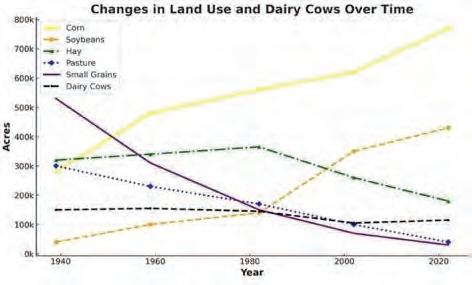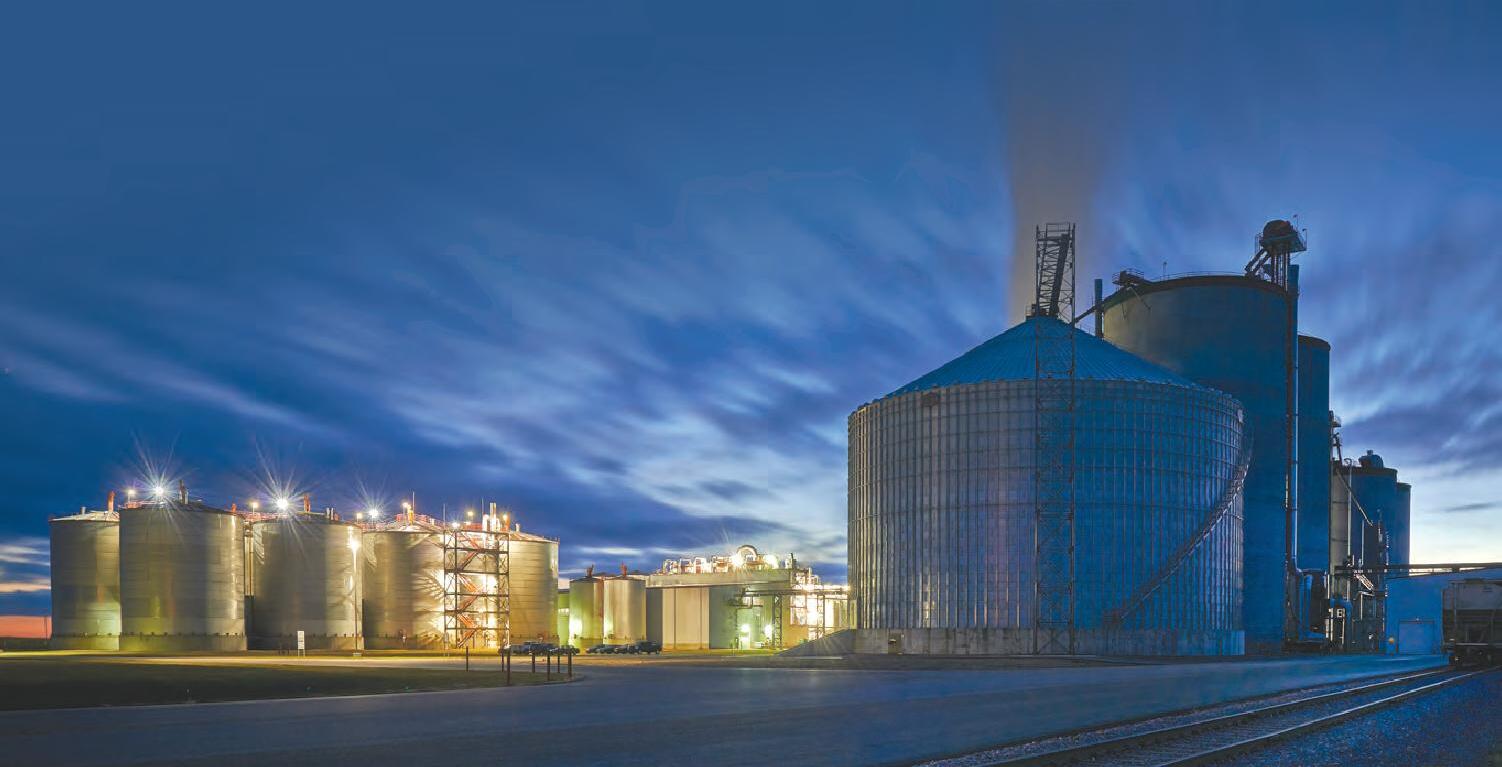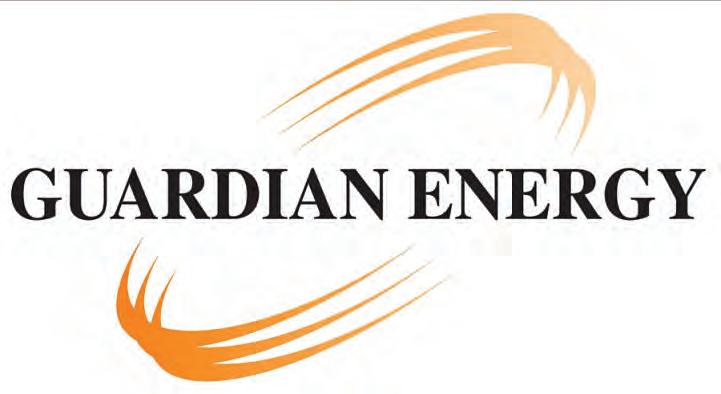family farms
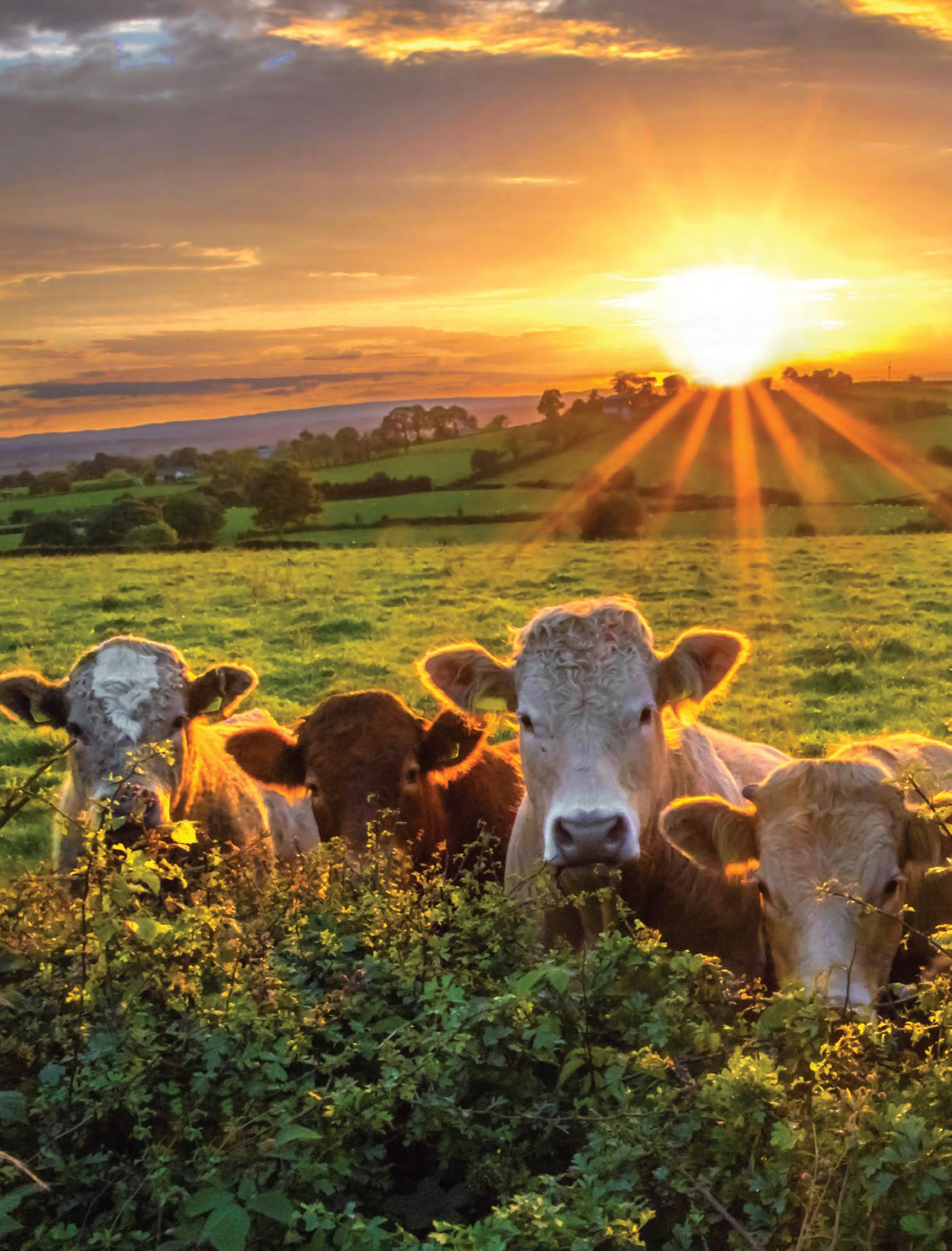


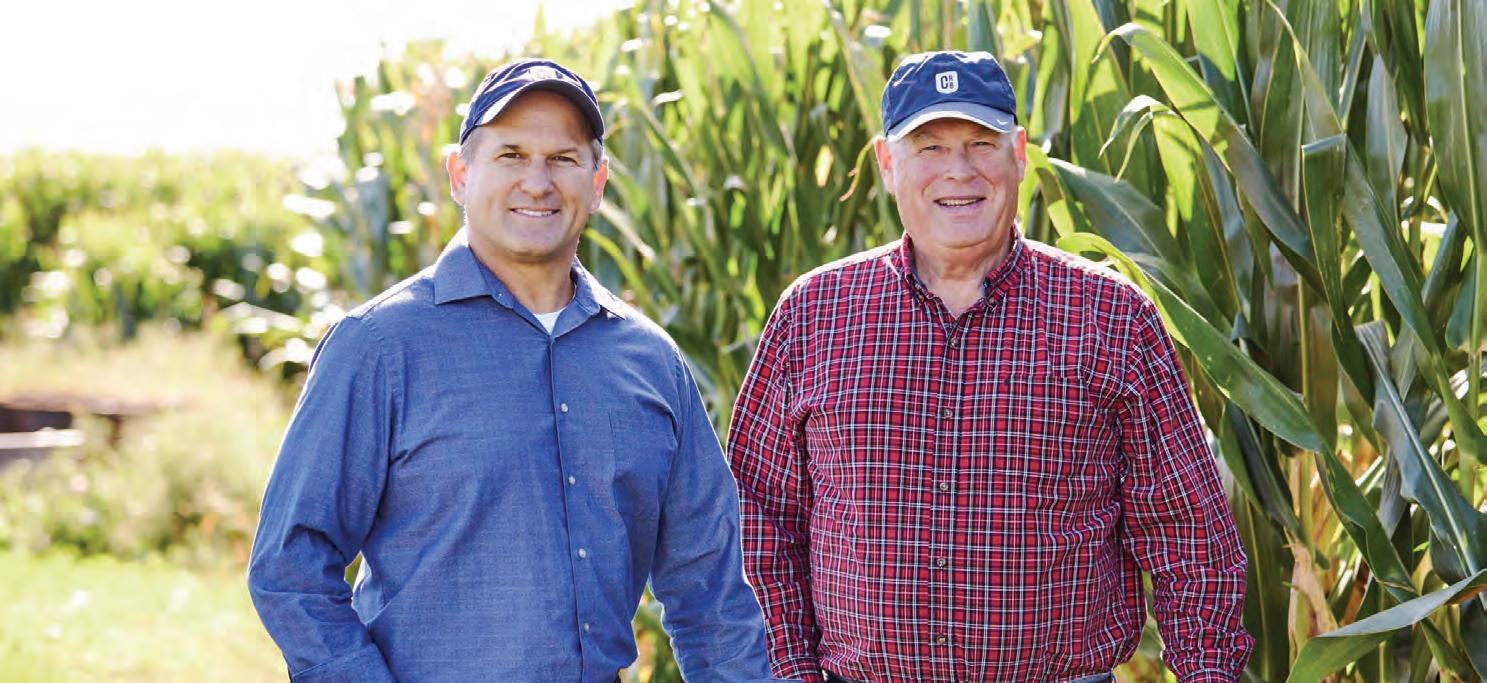
Vang family named Steele County Farm of the Year
By University of Minnesota Extension
Pang and Sher Vang’s story began in Laos during the Vietnam War. Pang lost his father at a young age and grew up helping his mother care for his five siblings. At 12, he was recruited as a soldier, but chose to stay home. Around then, he met Sher, the daughter of a respected sergeant. They married in 1977 and started a family, holding on to hope despite the war around them. By 1988, it was clear they could not stay in a war-ridden country. They fled to the United States with their kids, with no money and no English skills—just faith in a better future. They worked hard, learned the language and built a new life, raising four girls and four boys. Farming brought them back to their roots. It reminded them of simpler days before the war, working alongside their parents. They started by renting land, and in 2011, they bought over seven acres in Owatonna. With little more than determination, they turned it into a thriving farm, growing over 20 types of vegetables and flowers, all hand-picked by Pang and Sher. For over 15 years, they have been favorites at the Owatonna Farmers Market, known not just for produce but for their kindness. They have also

(Submitted photo)
donated

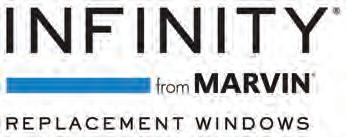
grandkids. Owatonna is not just where they farm. It is truly
for the Vang family. n

Zimmermans named Rice County Farm Family of the Year

By University of Minnesota Extension
The Zimmerman farm has deep roots, going all the way back to the 1870s when August Zimmerman settled the home place. It was a typical mixed crop and dairy farm for years until the 1950s, when Chuck Zimmerman decided to start raising turkeys. Today, it’s a fifth-generation farm that is still evolving with the times. These days, Chuck’s son John runs the operation. Turkeys are the main focus, but they also raise corn and soybeans. They grow both heavy toms and heavy hens, supplying Ferndale Market down in Cannon Falls. John’s wife, Kara, works full time as a CPA, and their 10-year-old son Grant already likes to help out around the farm. John’s mom, Karen, is retired from daily farm work but remains close to it all. John stays busy off the farm. He was the past president of both the Minnesota Turkey Growers Association and the Minnesota Turkey Research and Promotional Council. He served on the MARL board and is chairman of River Country Cooperative. John just wrapped up serving as chairman of the National Turkey Federation and is now chairing its foundation. The Zimmermans have always focused on keeping the family farm moving forward while staying connected to the community and the industry that is such a big part of their lives. n
Waibels recognized as Nicollet County Farm Family of the Year
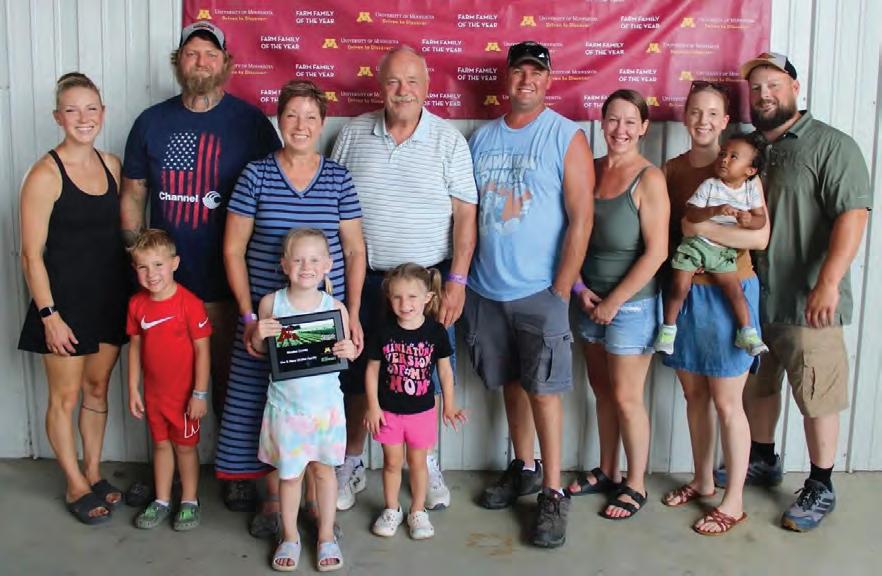
By University of Minnesota Extension
The Waibel family farm got its start when Tim and Mary bought their first piece of land in 1990. Over the years, they grew the operation by adding contract weanto-finish pork sites and expanding their acres of corn and soybeans. Today, Tim, Mary, and their sons, Justin and Jonathan Rewitzer, work side by side running the farm. Justin and Jonathan are full partners, handling daily operations from fieldwork to managing the hog sites. Their daughters, Rebecca, Anna and Clarissa, pitch in when needed, keeping it a true family effort. Beyond the farm gate, the family stays active in local agricultural groups. Tim currently serves on the Minnesota Corn Growers Association (MCGA) and Jonathan currently serves on the Nicollet Sibley County Corn Growers. Tim is a past president of the MCGA. Both Tim and Jonathan have served on the Nicollet County and MN Pork Producers Association. They are also involved with the local Farm City Hub Club. Tim and Mary were recognized with the Service to Agriculture award for their dedication. Through steady work and community involvement, the Waibels have built a farm that is more than just a business. It is a shared way of life that continues to bring their family together. n
Ponwith family named Le Sueur County Farm Family of the Year
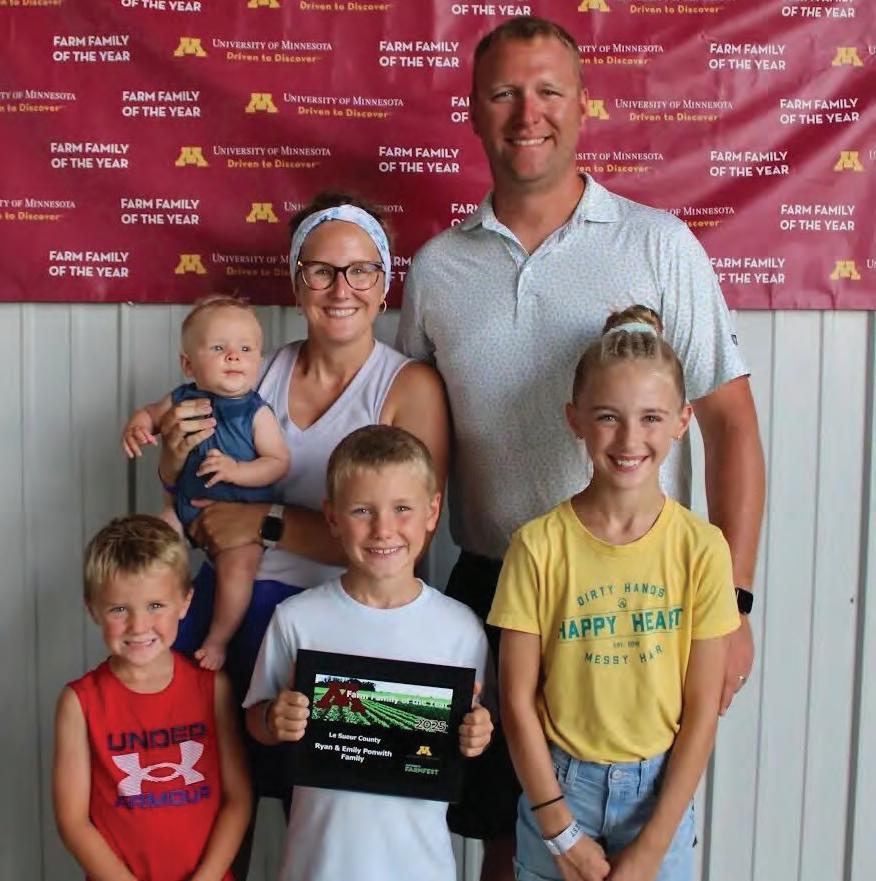
SAVE MONEY
BY ACTING NOW
By University of Minnesota Extension
T
he Ponwith family of Cleveland has been named Le Sueur County’s “2025 Farm Family of the Year” by the University of Minnesota.
The Ponwith family has been farming near Cleveland, Minnesota since 1862. Many things have changed since then, but their commitment to doing things with good intentions and for the right reasons to benefit their land, their family, and their community has remained the same. Bruce Ponwith, Ryan’s father, started experimenting with conservation tillage back in the early 1990s, long before it was popular.
Today, Ryan and Emily and their four young children have continued his legacy; using a mix of strip-till, notill and cover crops to keep their soils healthy and productive for generations


to come. They grow corn and soybeans, custom plant and harvest, raise cattle for local beef sales and actively involve their kids in much of their farming business. It is not just about raising crops and livestock. It is about building a legacy that will long outlive them.
In addition to the farm, Ryan and Emily also own Ponwith Agribusiness Solutions, PF Beef Co., and engage in freelance writing and speaking opportunities. Ryan serves on both the local school board and the United Farmers Cooperative board. Emily wears multiple hats, too. She co-owns Farm Wife Tallow, volunteers with Minnesota Common Ground and is a Resource Specialist with Minnesota Agriculture in the Classroom. Together, they stay active in supporting Cleveland FFA by volunteering for the Alumni and Supporters foundation and share their farm family story on social media to give people a clearer picture of modern farm life. n




















Schlaaks named Waseca County Farm Family of the Year
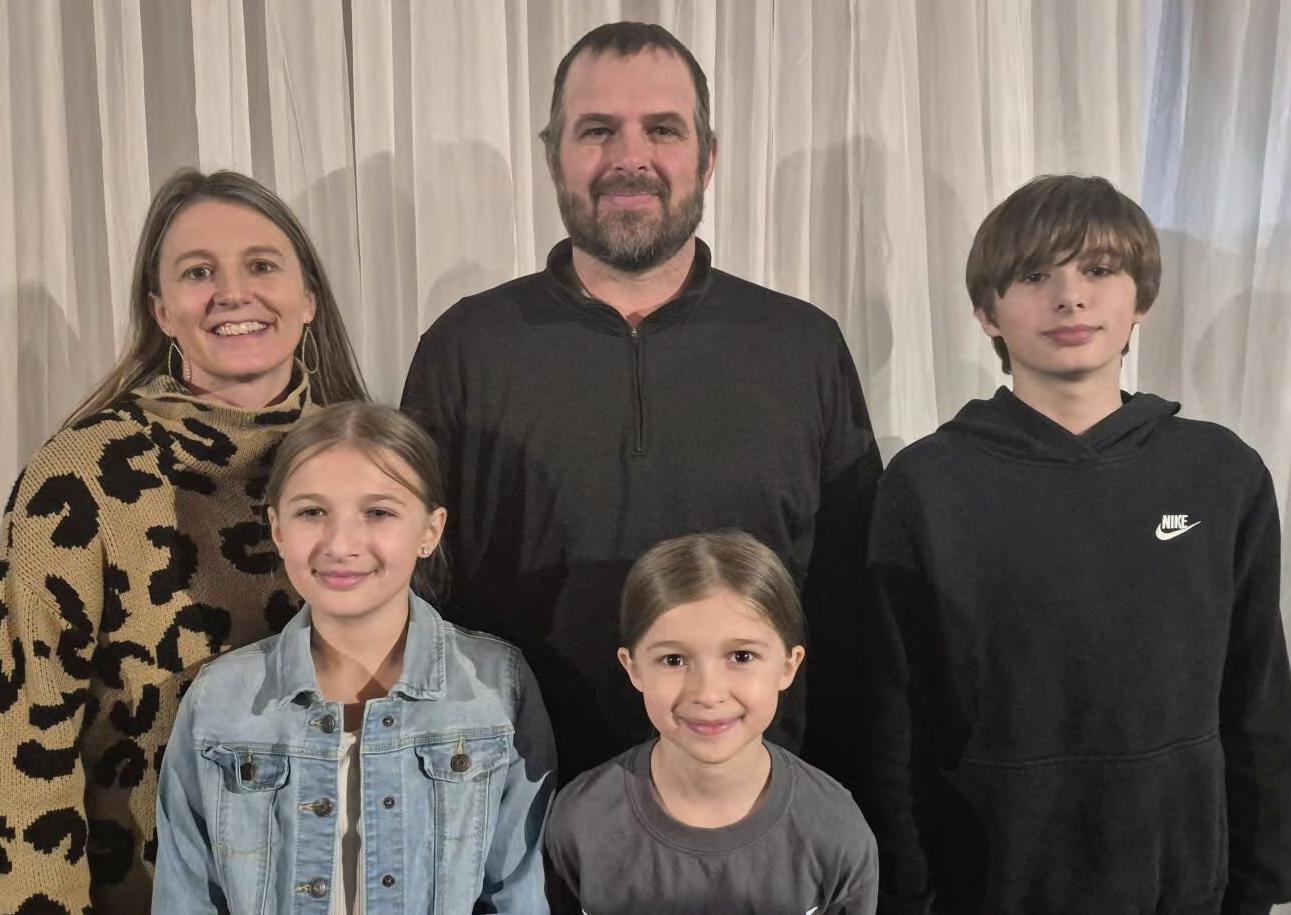
By University of Minnesota Extension
Schlaak Brothers is a corn, soybean and custom field work operation led by Tony and Colton Schlaak. Tony also sells Channel seed. Tony and Colton began farming at a young age, learning from their father and grandfather, who also farmed. Tony’s wife, Cassie, works fulltime at Mayo Clinic and also assists on the farm. Their children Ashton, Owen, Evelyn and Hadley have had roles on the farm. Evelyn and Hadley run a pumpkin patch operation and sell pumpkins in the fall. The family is involved in sporting activities and they are also active in their church. Participating in Waseca County 4-H, Owen shows swine, Evelyn shows horses and Hadley shows goats. n
Petersons recognized as Goodhue County Farm Family of the Year

By University of Minnesota Extension
After studying poultry science at North Dakota State University in 1939, Dale Peterson launched the Peterson Turkey Hatchery in Cannon Falls. He soon met his wife, Fern, and together they built a life and business that would shape generations. The name “Ferndale” is a nod to both of them, Fern and Dale, the foundation of it all. Dale focused on breeding and hatching turkeys, supplying dayold poults to neighboring farms.
By the mid-1970s, Dale’s son Dick and his wife, Jane, came back to the farm. With them came growth, new barns, partner farms, and a stake in a local processing
co-op. In 2008, the third generation stepped in when John and his wife, Erica, returned to open the Ferndale Market in the old hatchery building, repurposing history to launch a new chapter.
Today, the farm raises turkeys the way Dale did, without antibiotics and with access to the outdoors. The family markets their products through their on-farm store and a growing network across the Midwest. John runs Ferndale Market, while his sister Katie leads marketing. Dick and Jane remain handson, and the family continues to live and work on the farm. The family stays heavily involved in the local community. Dick and John have served on the Minnesota Turkey Growers and Minnesota Turkey Research & Promotion Council as well as local boards and service organizations in the Cannon Falls community. n

Waseca County 4-H State Fair Results
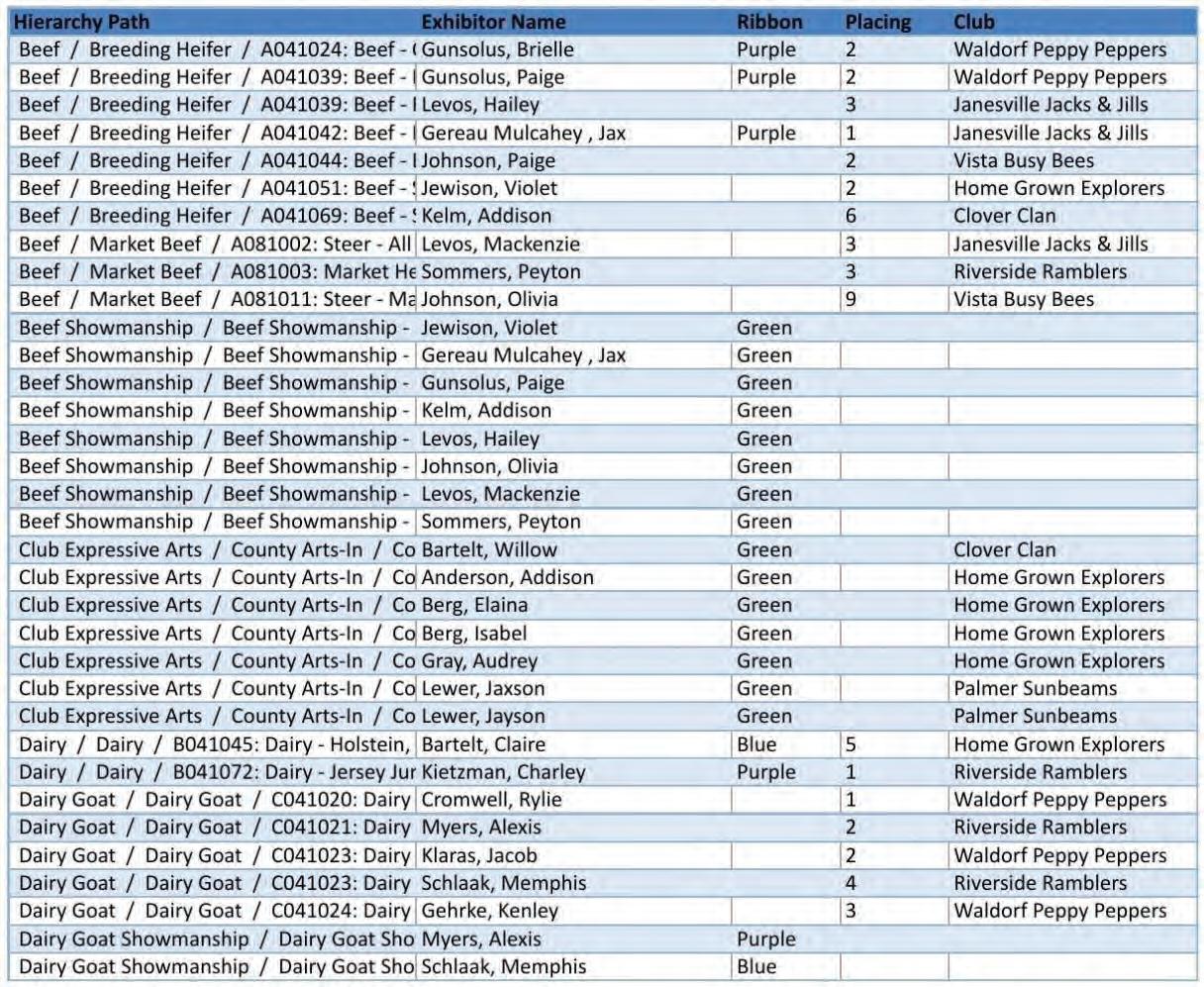

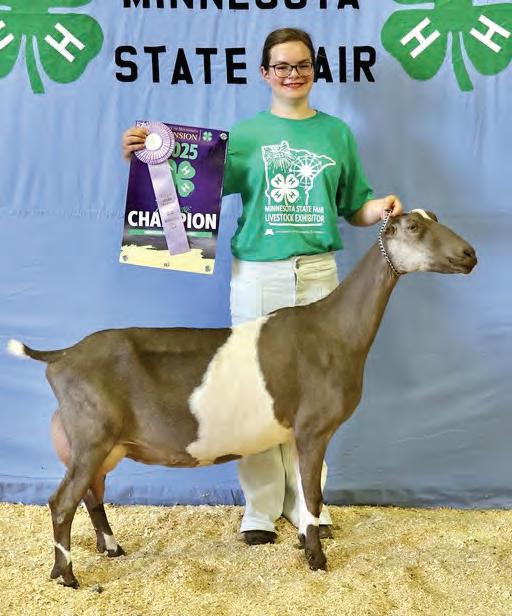
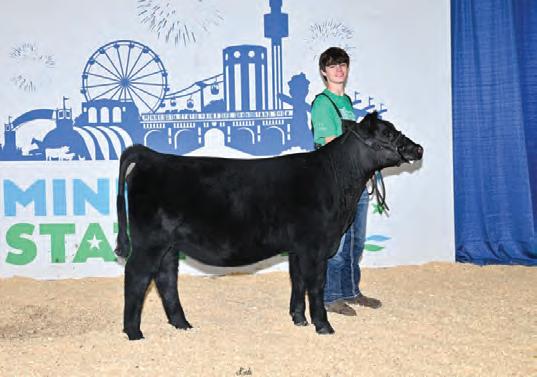

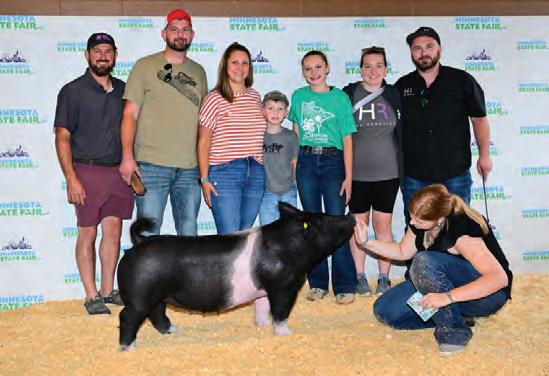
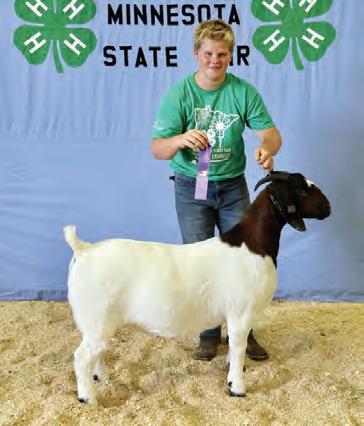
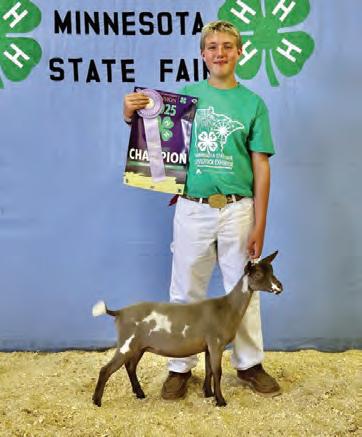
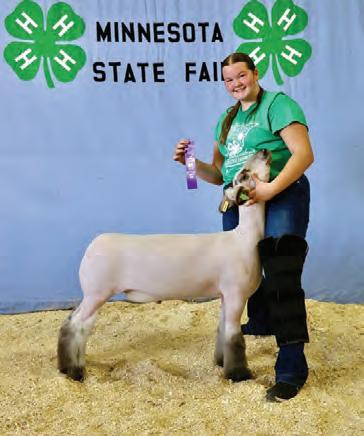
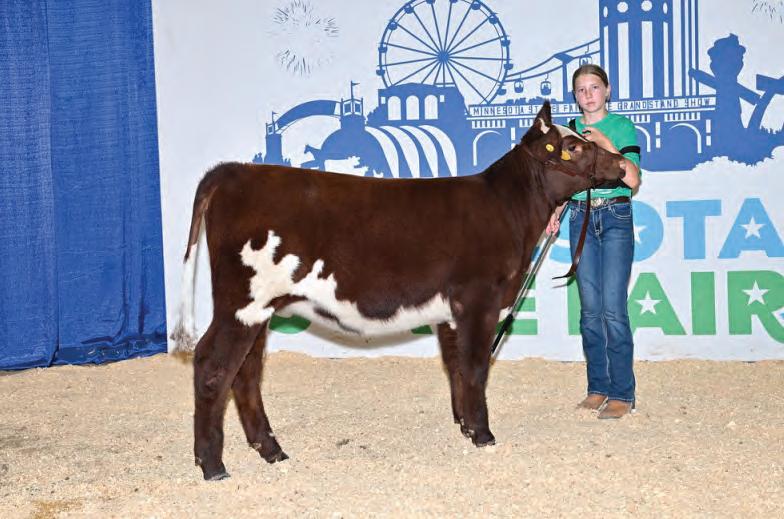


Nicollet County 4-H State Fair Results

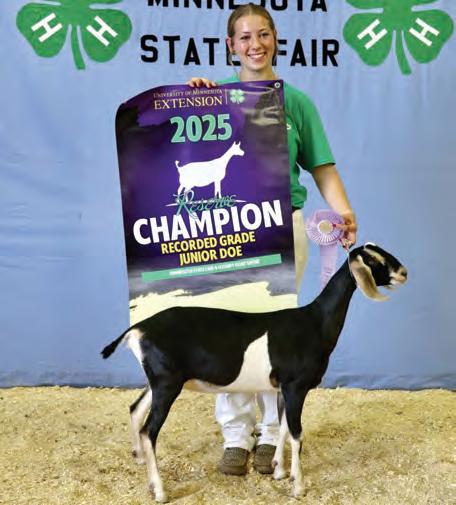

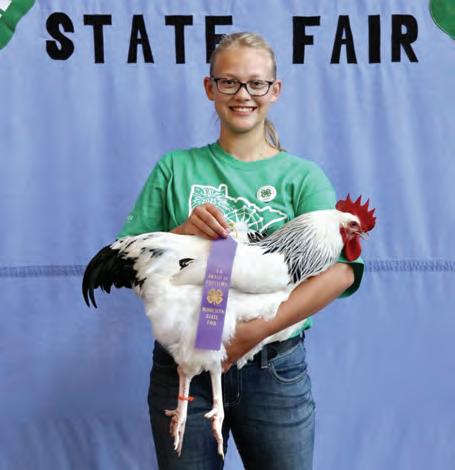



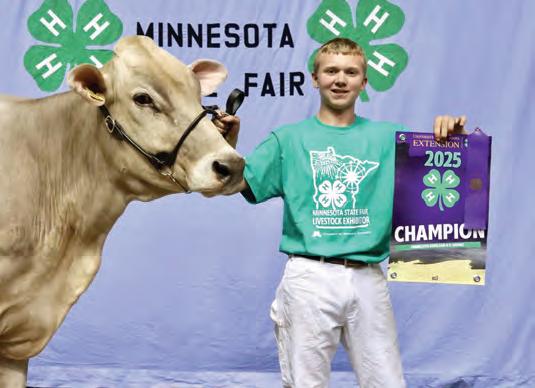
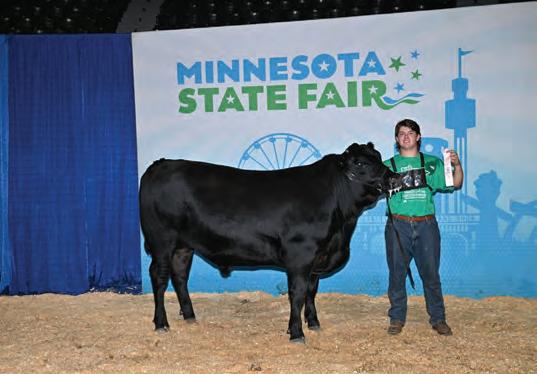


Rice County 4-H State Fair Results
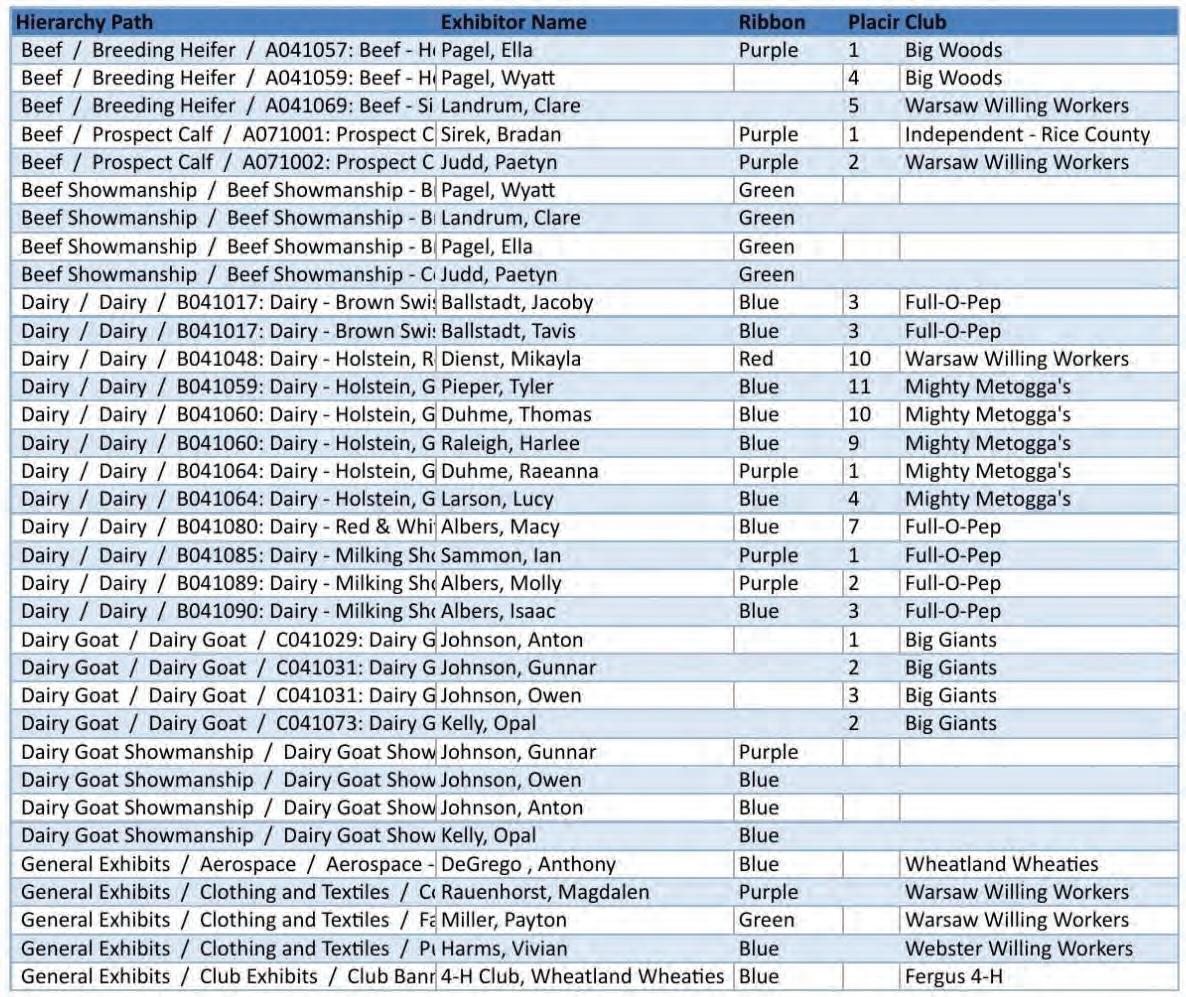
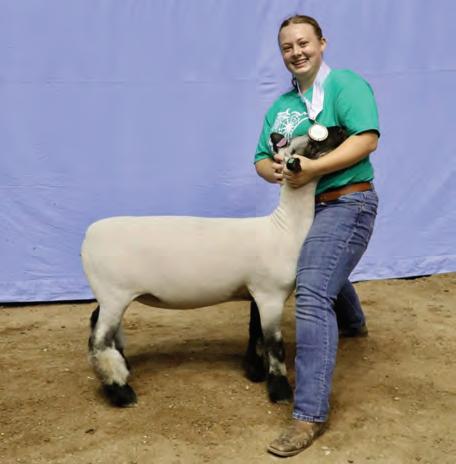

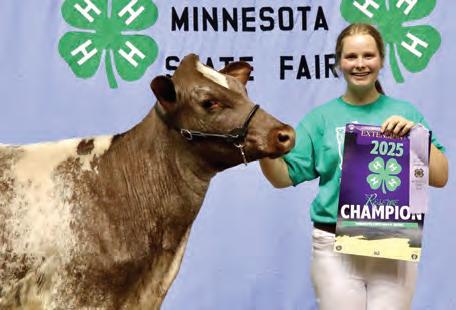



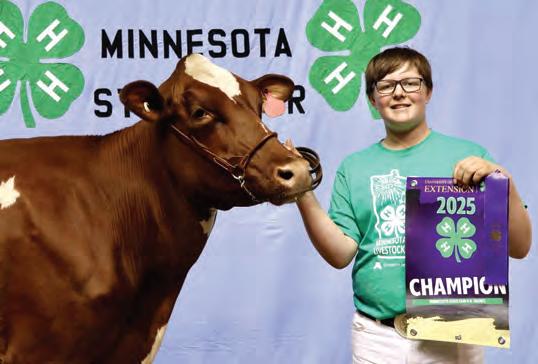
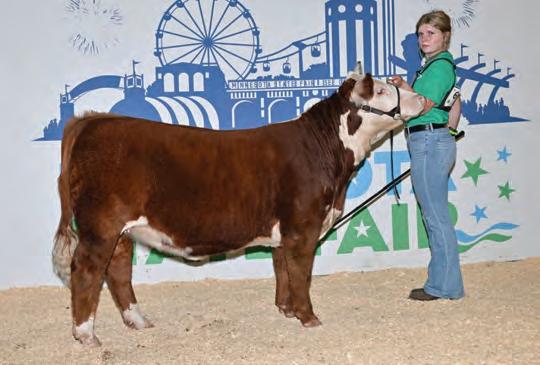
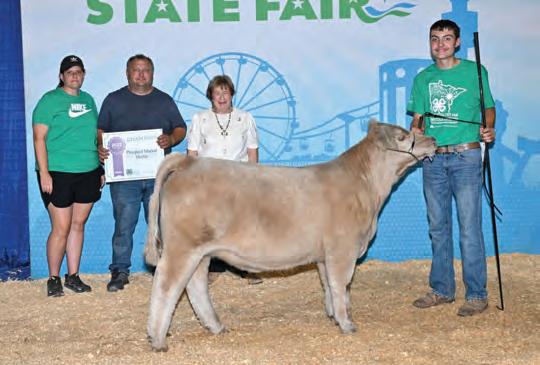
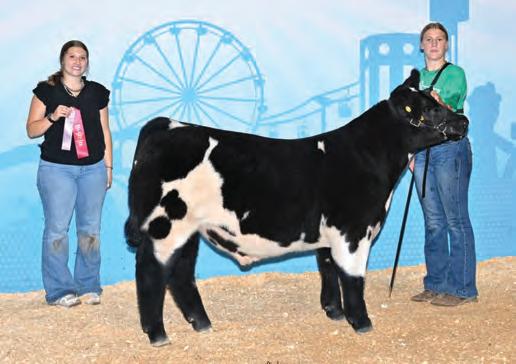
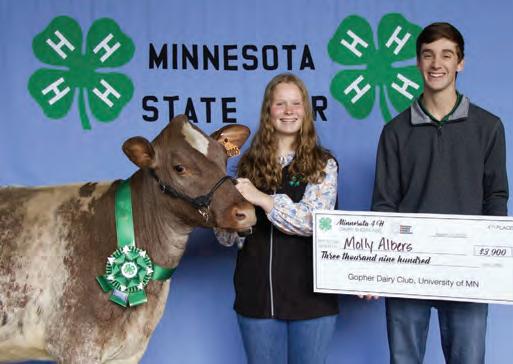
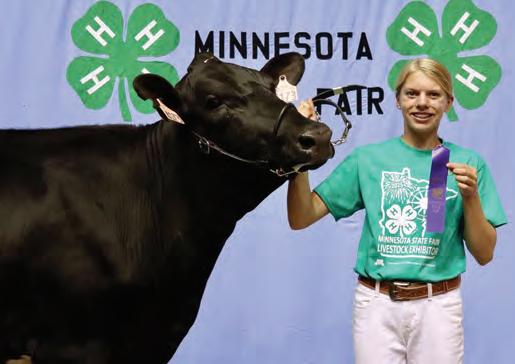
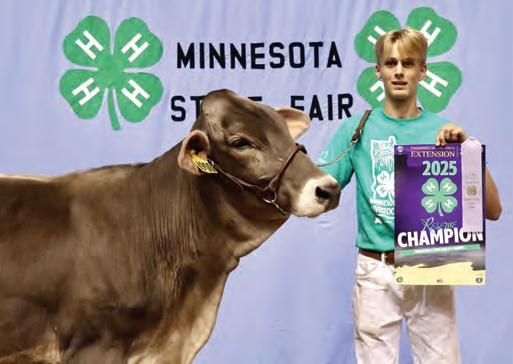
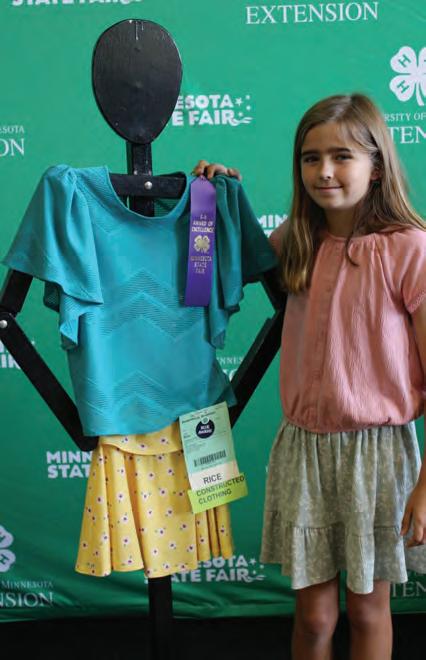










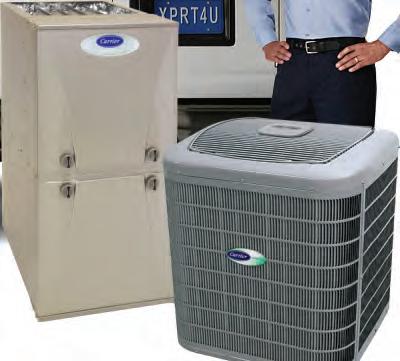
















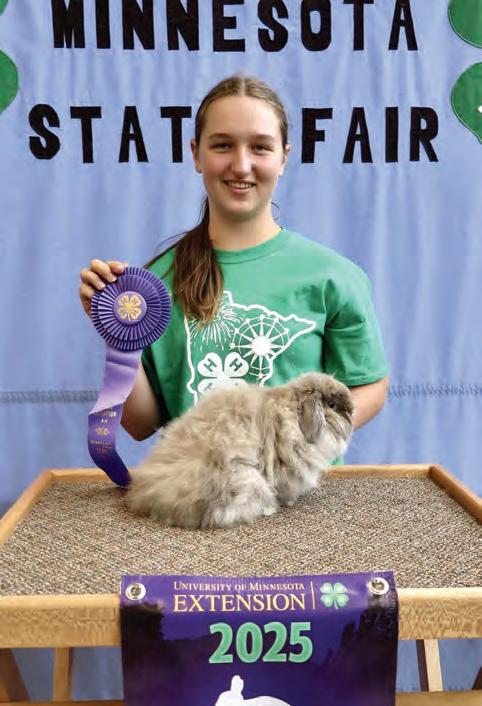
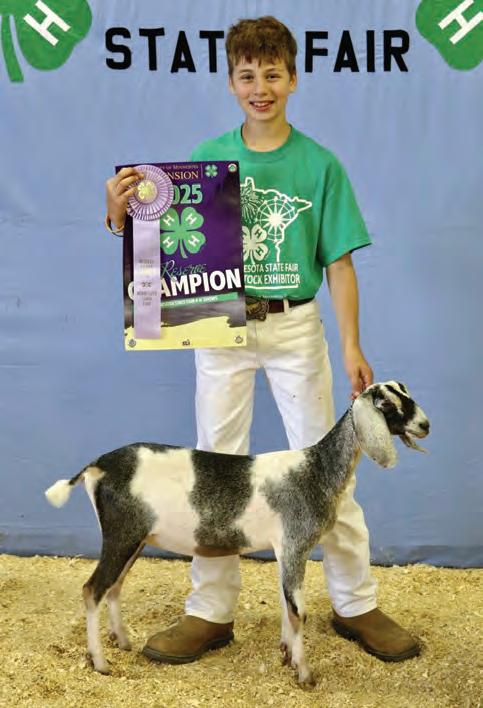






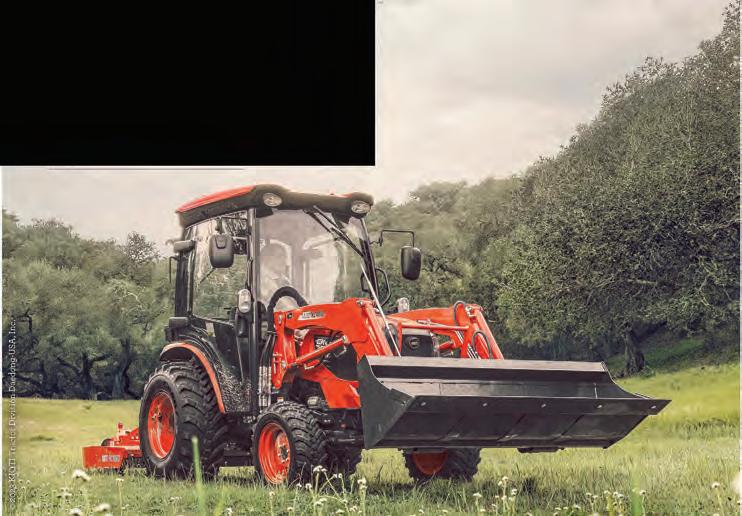
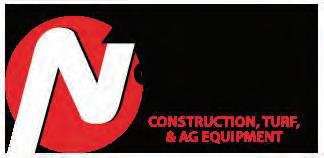



Steele County 4-H State Fair Results
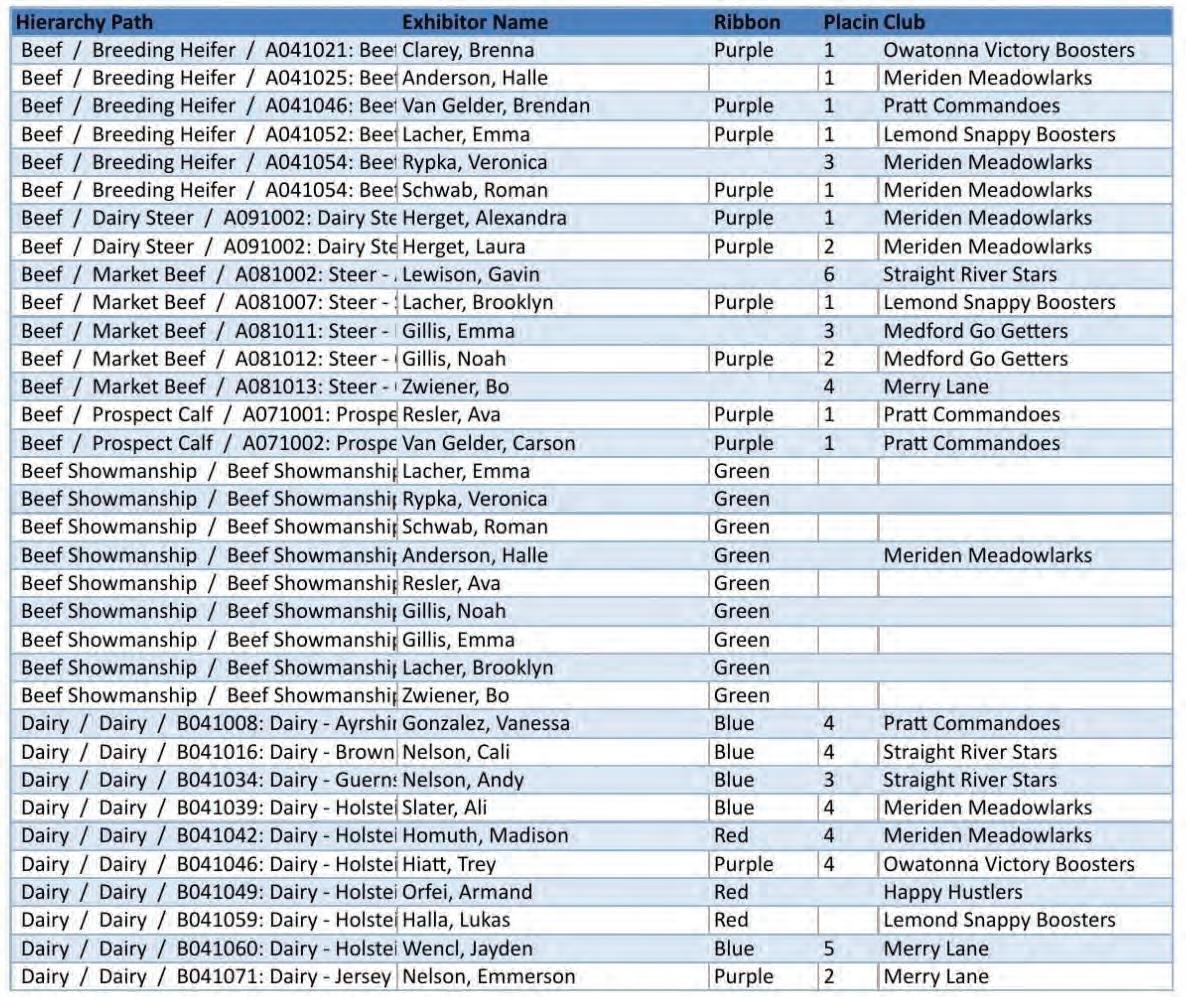
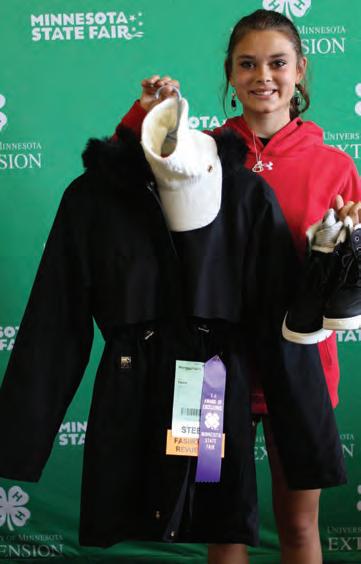



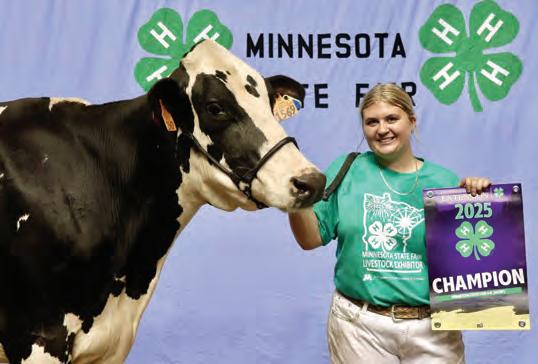
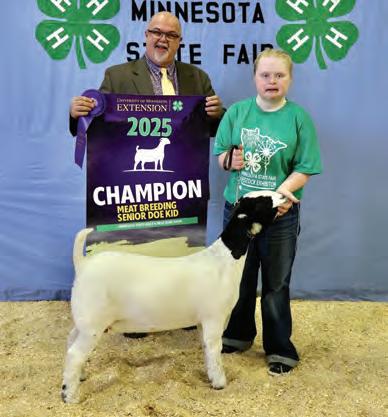
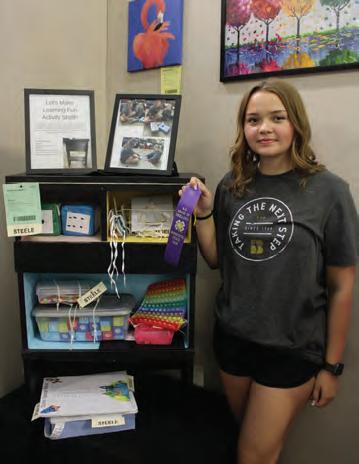

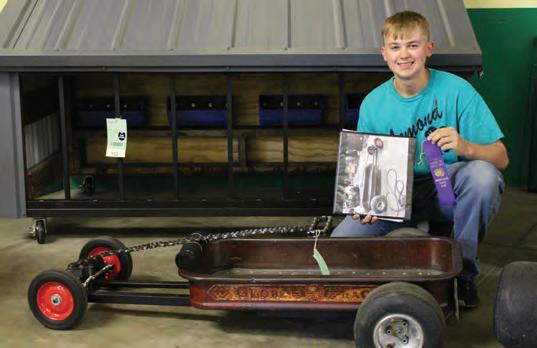


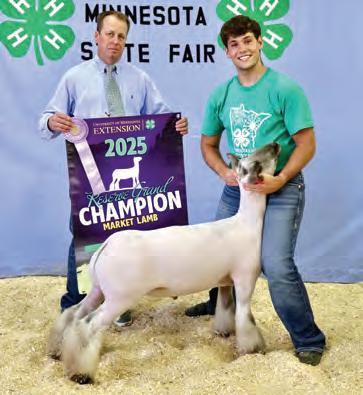
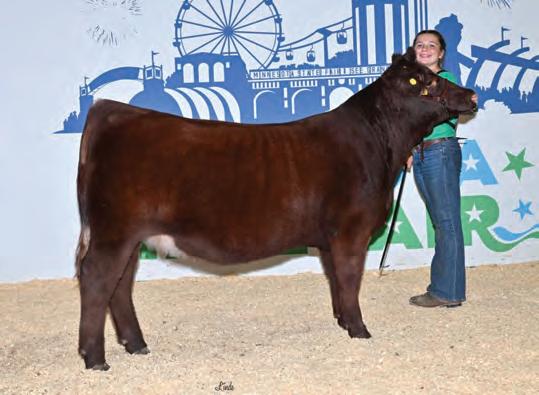
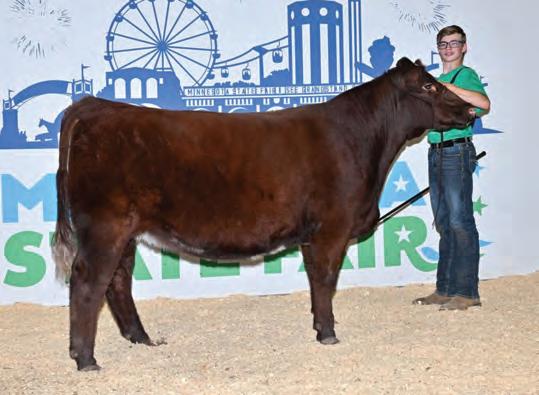
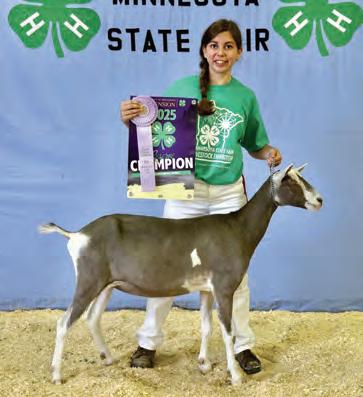
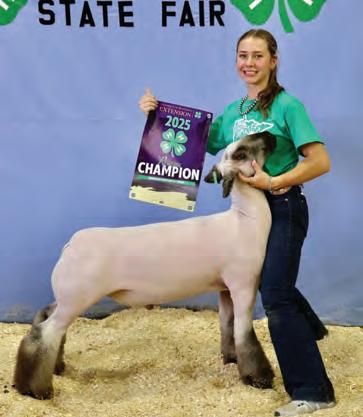
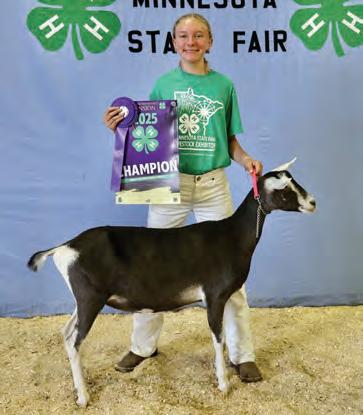

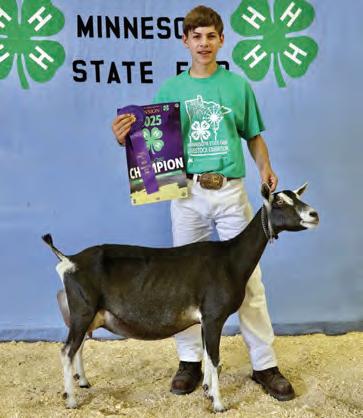

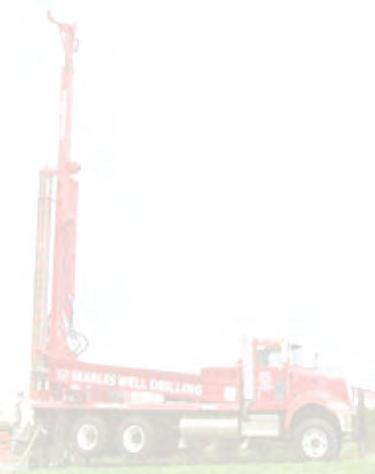
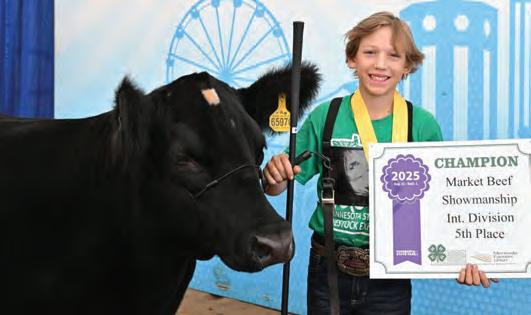
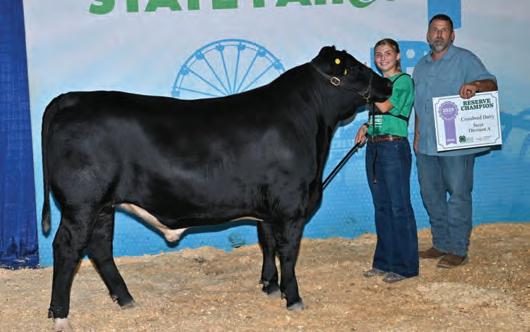
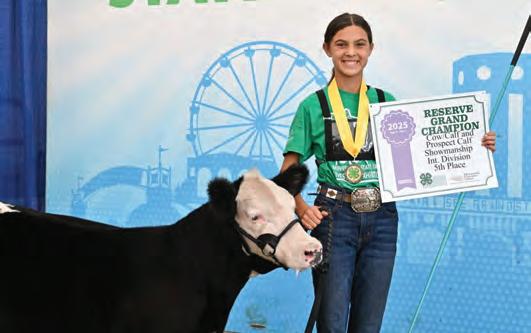
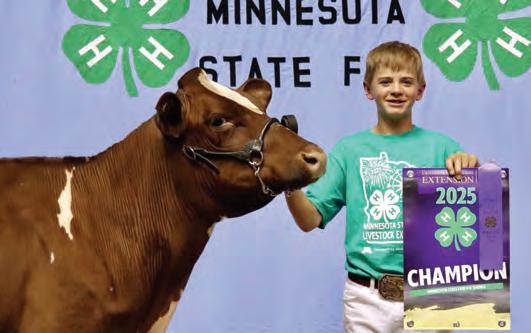
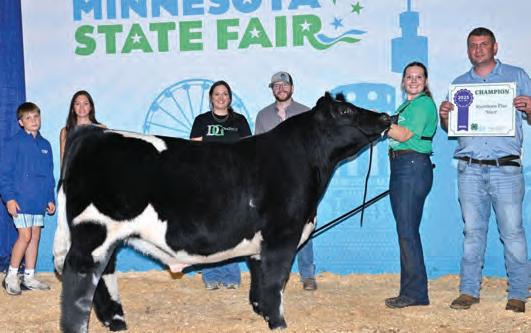
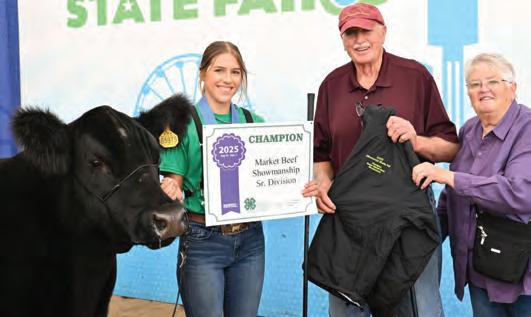
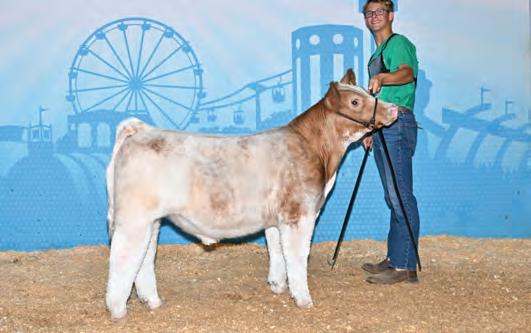

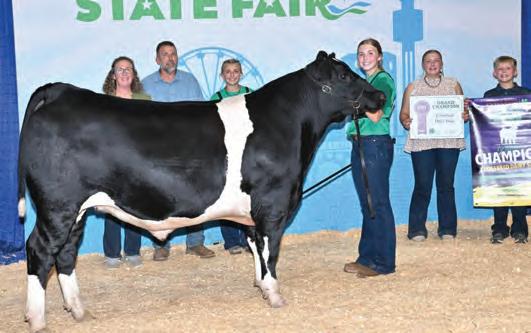

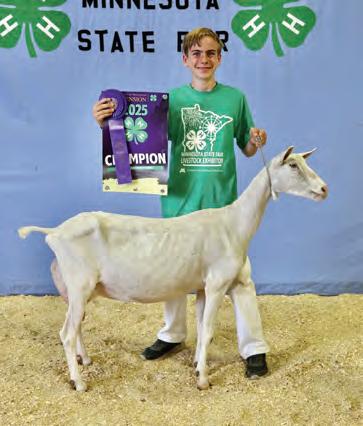




Le Sueur County 4-H State Fair Results
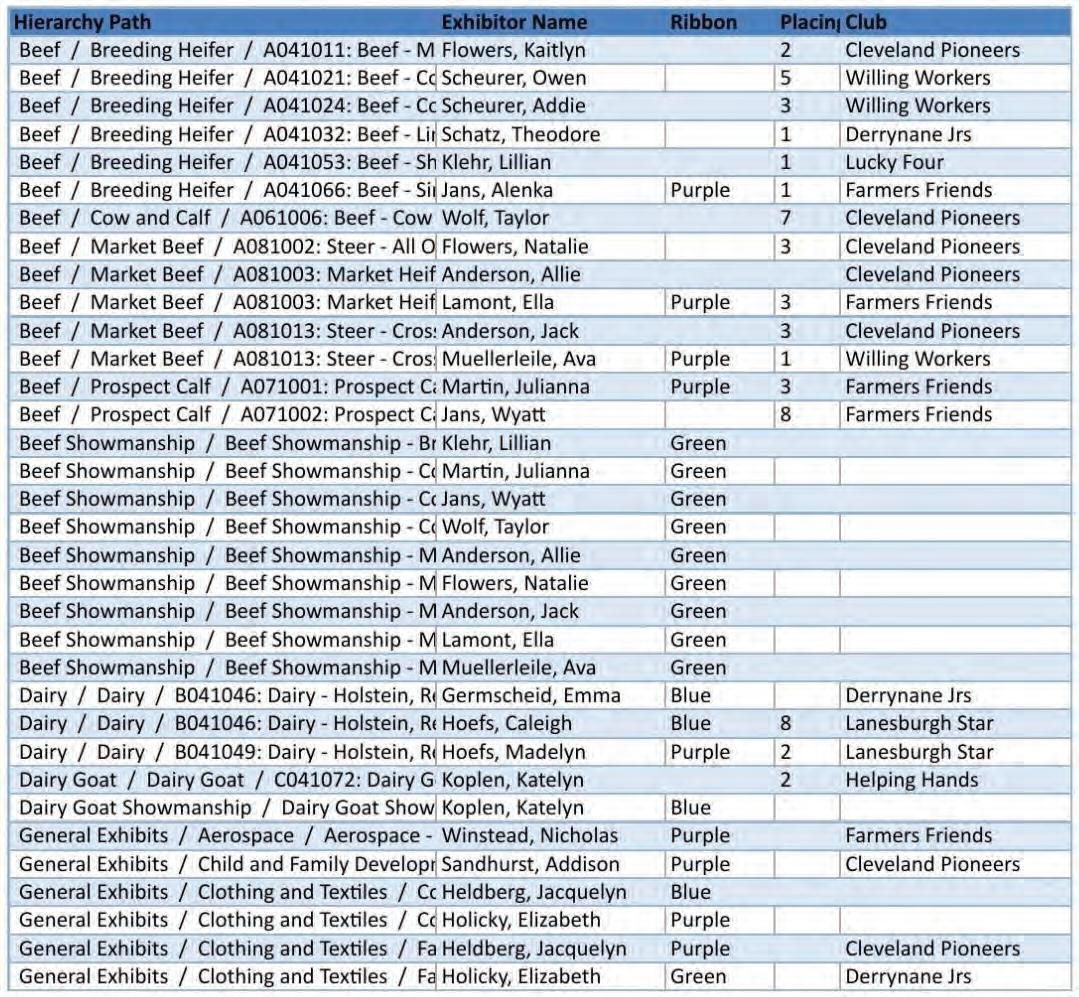
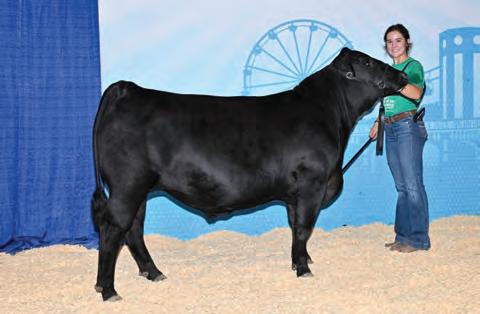
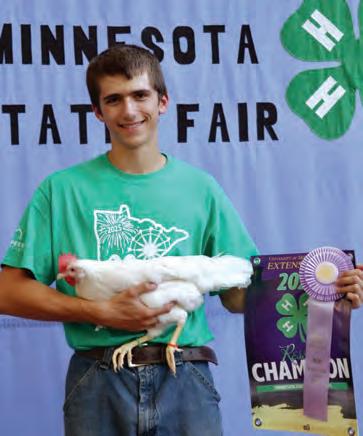


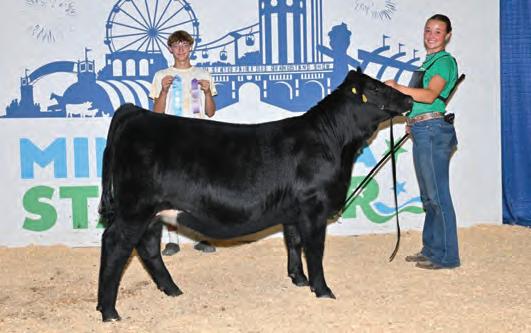

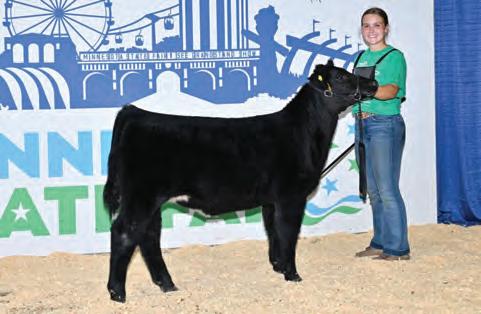
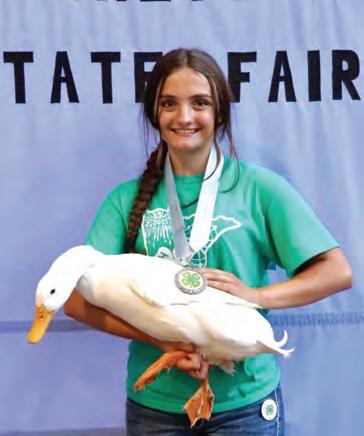
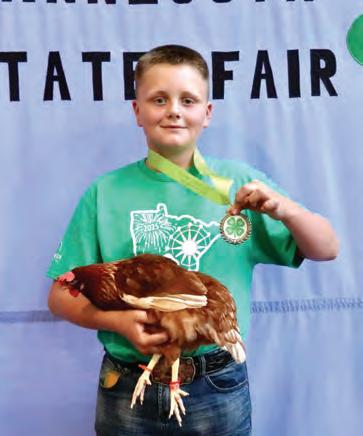

LIVE. WORK. PLAY.
Faribault Daily News Owatonna People’s Press Northfield News Waseca County News Kenyon Leader St. Peter Herald Le Sueur County News
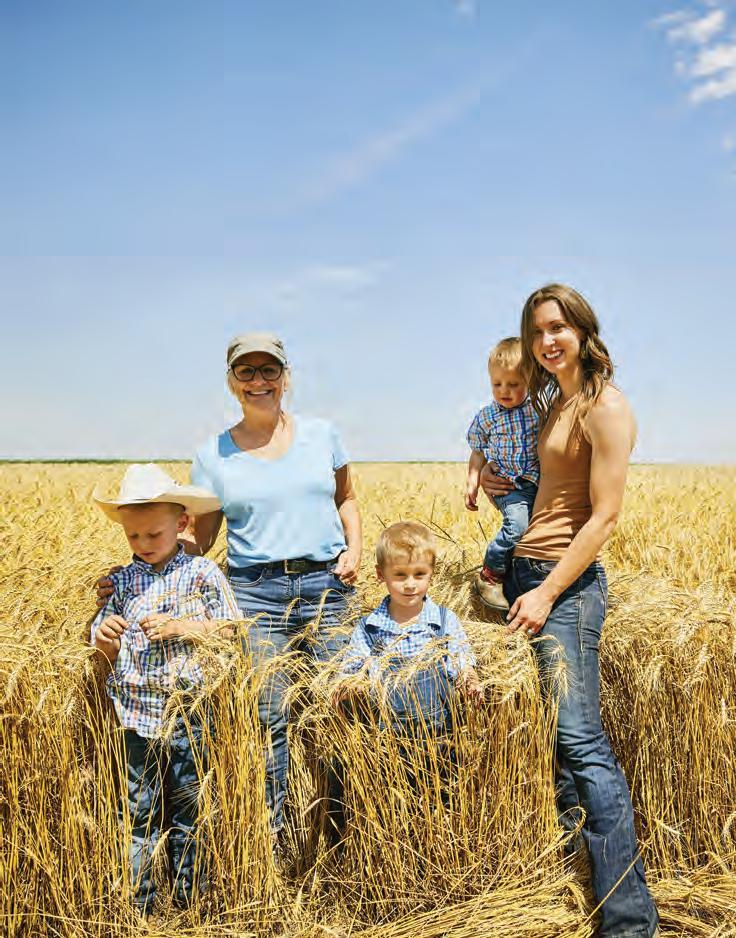


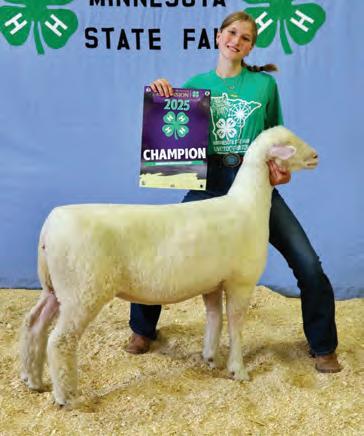
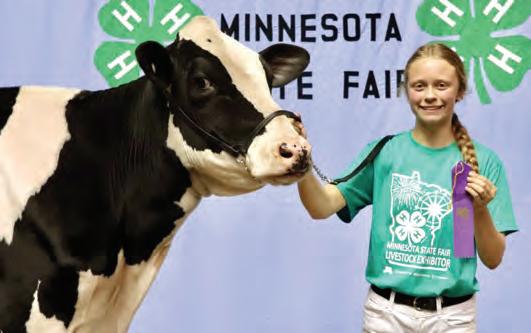




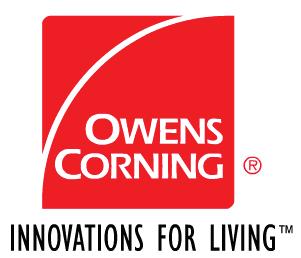



Goodhue County 4-H State Fair Results
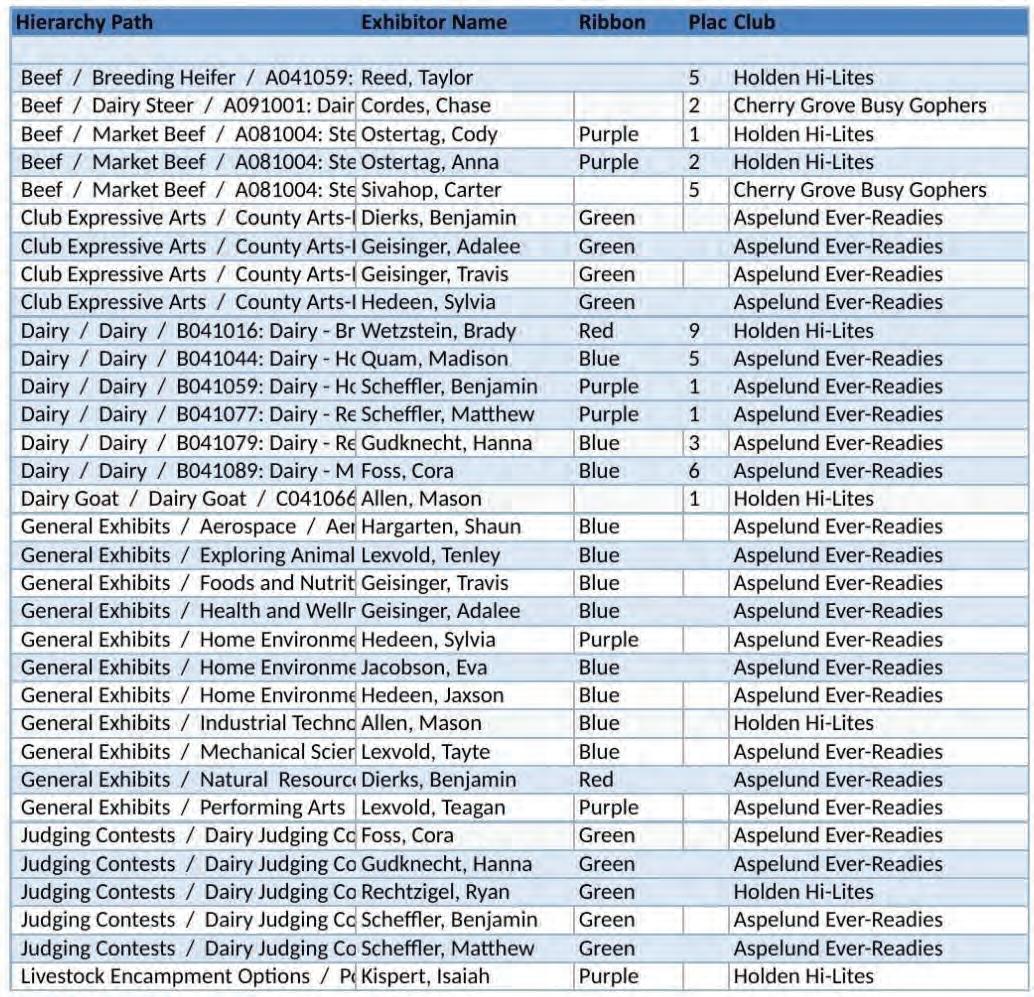
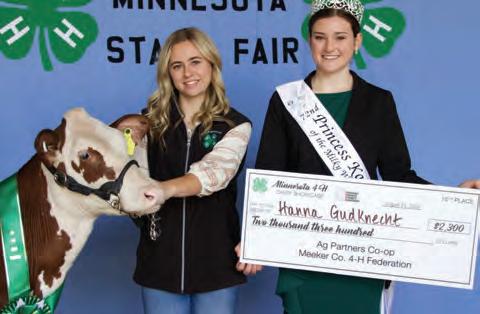
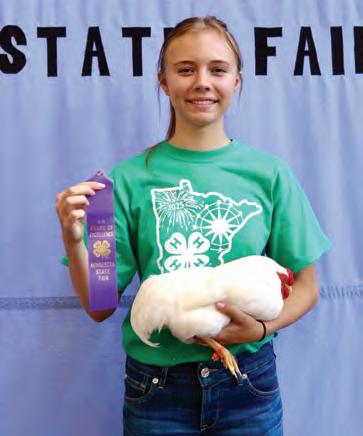

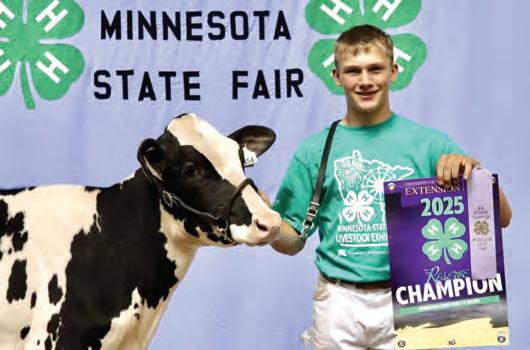
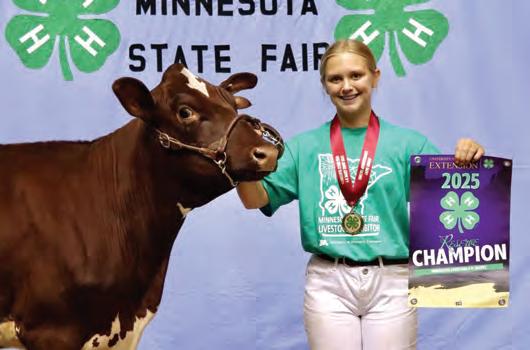



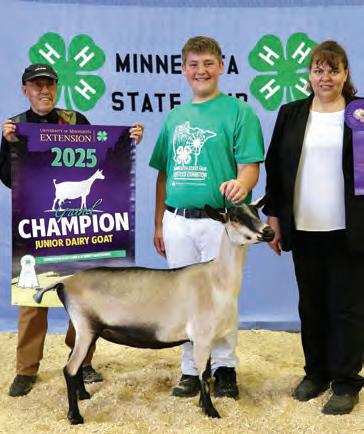

THE WAY
YOU
PEOPLE CARING FOR PEOPLE
PEOPLE
ARE TREATED
is JUST AS IMPORTANT as the TREATMENT YOU RECEIVE.
THE WAY YOU ARE TREATED is JUST AS IMPORTANT as the TREATMENT YOU RECEIVE.
At River’s Edge Hospital, you are more than a patient. Every person who receives care is treated with compassion and respect. You’ll receive a level of attention that goes well beyond your expectations.
THE WAY YOU ARE TREATED is JUST AS IMPORTANT as the TREATMENT YOU RECEIVE.
At River’s Edge Hospital, you are more than a patient. Every person who receives care is treated with compassion and respect. You’ll receive a level of attention that goes well beyond your expectations.
At River’s Edge Hospital, you are more than a patient. Every person who receives care is treated with compassion and respect. You’ll receive a level of attention that goes well beyond your expectations.
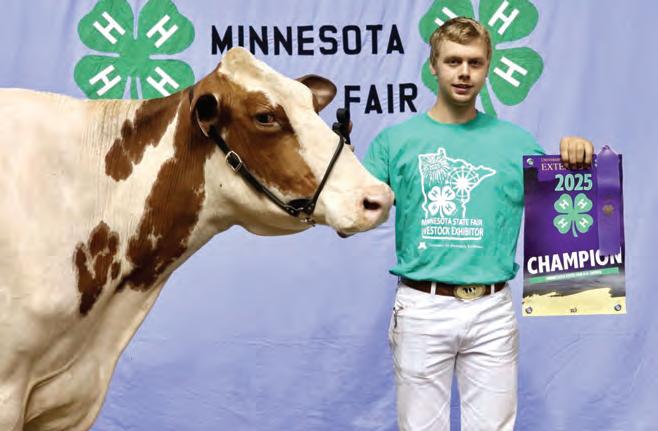
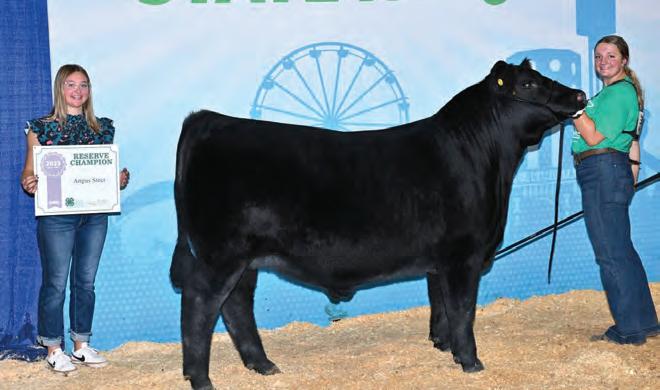
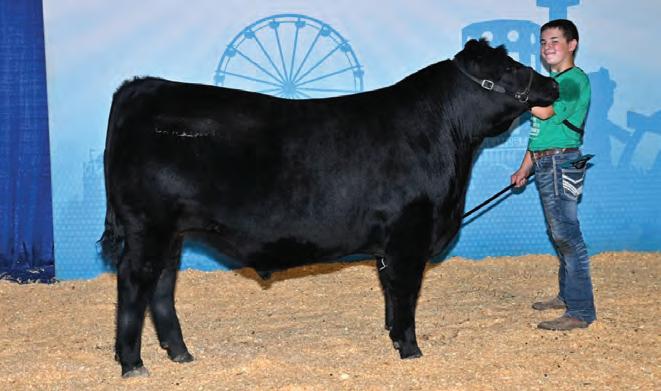


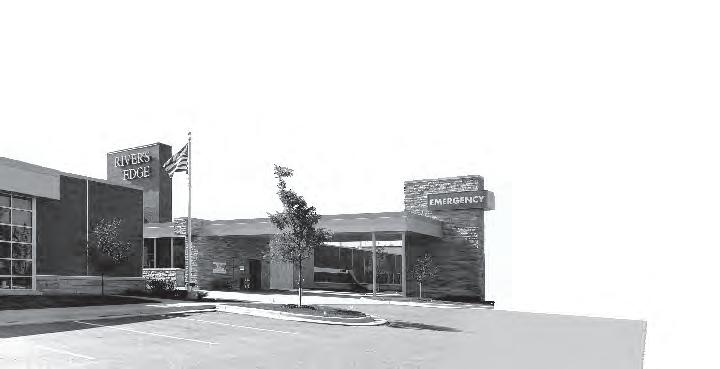



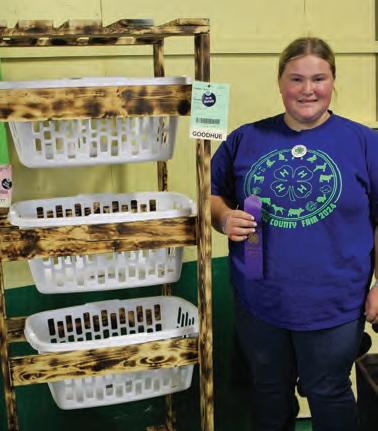
Extension addresses nitrate water quality issues in southeast Minnesota
By University of Minnesota Extension
Back in 1940, southeast Minnesota had about twice as many acres of hay and pasture as of corn. Today, corn acres have more than doubled while hay and pasture acres have plummeted. This change in the agricultural landscape has brought economic benefits for the region and the state, but it is also a big driver of nitrate water quality issues.
University of Minnesota Extension and its partners are working hard on a variety of creative solutions.
WHAT’S THE SITUATION IN SOUTHEAST MINNESOTA?
Many private drinking water wells in the region have high levels of nitrate, which may cause health issues such as cancer. Nitrate is a form of nitrogen, a key nutrient for crops like corn.
According to the Minnesota Pollution Control Agency, 72% of nitrogen lost to waterways in the state comes from agriculture. Farmers apply fertilizers and manure containing nitrogen to fields to help crops flourish, but some of this nitrogen can move into streams and rivers or leach into groundwater. The southeast part of the state is particularly vulnerable to nitrate loss due to its porous Karst geology.
The Southeast Minnesota Nitrate Strategies Collaborative Work Group, established in 2024 by the state of Minnesota, has recently released recommendations on the next steps to take.
These include:
• More living roots in the ground for longer periods.
• Support for alternative crops and land uses.
• Increased implementation of best management practices for nitrogen.
• Education and outreach.
LANDSCAPE CHANGE
Why has the agricultural landscape in southeast Minnesota changed so much, and how has that impacted water quality? To put it simply, the upper Midwest is home to some of the most fertile soils in the world, and corn has become the most productive and valuable crop farmers can grow.
“All you have to do is do the math,” says Brad Carlson, an Extension educator who works on nitrogen and water quality issues in southern Minnesota. In a good year, he calculates that corn can gross as much as $1,250 per acre, compared to $700 for soybeans
and $300 for wheat. When input costs are factored in, corn and soybeans are often profitable while other crops rarely turn a profit on most farmland across the state, says Carlson.
Last year, Minnesota farmers harvested 7.7 million acres of corn, 7.3 million acres of soybean, and 1.2 million acres of wheat – the state’s top three crops.
Heavy rainfall at inopportune times or water from spring snowmelt can leach nitrates from farm fields, where they are applied as fertilizer and manure, into groundwater. At the same time, hay and pasture crops, such as alfalfa, keep nitrate-sucking roots in the ground year-round. So, replacing them with crops that only grow from April to October provides more opportunity for nitrate loss.
DRINKING WATER
Groundwater is the primary source of drinking water for many people in the region, including those with private wells. While local governments have taken steps to reduce nitrate levels in their drinking water supply, it can be difficult and costly for individual households to tackle the issue on their own.
“Private well users are often on their own in terms of both testing their water quality and addressing any issues that they find through those water quality tests,” says Joel Larson, associate director of the university’s Water Resources Center.
Larson’s team is developing an educational program to help private well users interpret their water test results and decide what to do to ensure clean drinking water. The program will also train local government staff so that they can do the same for well users around the state.
The Water Resources Center aims to make resources available on the Extension website later this fall. It plans to begin hosting drinking water workshops and establish a peer leader network by early 2026.
NITROGEN MANAGEMENT
Extension specialists and educators are also working to mitigate nitrate loss from the landscape by educating farmers and landowners about nitrogen best management practices.
Carlson says one of the top things farmers can do is not to apply too much nitrogen fertilizer. He recommends using the Corn Nitrogen Rate Calculator to find a profitable nitrogen rate based on current corn and fertilizer prices.
“We’ve got research that shows if you put on more fertilizer than the crop needs, we’re leaving it behind pound for
pound out in the field, and that often ends up in the water,” Carlson says.
Applying a profitable nitrogen fertilizer rate and following nitrogen best management practices can be a win-win for farmers and water quality. Farmers reduce input costs, boosting their operation’s profitability without sacrificing yield, and less nitrate makes its way into groundwater and surface water.
The same challenges and benefits apply to manure. Carlson says farmers should test their manure and make sure they’re accounting for the nitrogen in the manure.
He also recommends utilizing Extension’s Nitrogen Smart program, which has been educating farmers and ag professionals around the state about nitrogen best management practices since 2016. In addition to in-person meetings (such as a popular event held this past March in Rochester), Nitrogen Smart has expanded to offer online courses, a podcast series, short videos and more. Over the span of nearly a decade, Nitrogen Smart has educated more than 1,200 participants, impacting over one million acres.
COVER CROPS AND ALTERNATIVE CROPS
Work is also underway to help farmers keep roots in the ground for more of the year. One way is to plant a cover crop after the cash crop is harvested.
In Minnesota’s cold climate, planting cover crops after harvesting shortseason crops (such as sweet corn, peas and corn grown for silage) can be a good opportunity to get a cover crop up and growing before winter. And cereal rye, a popular cover crop, comes back in the spring, providing an even longer window of growth.
Extension soil health educators have been hosting educational events to help farmers adopt cover crops, including several “planting green” events around the state this past spring. Planting green means that you plant a cash crop, such as corn or soybeans, directly into a growing cover crop, giving the cover crop more time to suck up nitrates in the spring.
Some dairy farmers in southeast Minnesota are even harvesting cereal rye to feed to their cows, effectively “double-cropping” fields over the course of a year.
While restoring the landscape in southeast Minnesota to its pre-1940s state is unlikely to happen anytime soon, some farmers in the region are working to build markets for other crops, such as food-grade oats and alternative crops being developed by the University’s Forever Green Initiative.
TRACKING SUCCESS
One of the key takeaways from a recent presentation by Kevin Kuehner of the Minnesota Department of Agriculture is that it takes time to measure success when it comes to nitrates and water quality. He found that the water in springs in southeast Minnesota ranged between 15 and 30 years old. That means that in many cases, the nitrate levels in private drinking water wells that we’re measuring now reflect agricultural practices from up to three decades ago, and the things we’re doing now to address the situation won’t show up in the data until years down the road.
While it’s tempting to search for quick “silver bullet” solutions, Carlson says buckshot is a better analogy.
“In reality, there’s no one thing that we’re going to do that’s going to solve this problem,” he says. “We’re going to have to do a lot of things.” n
